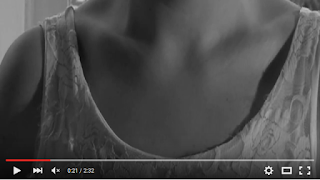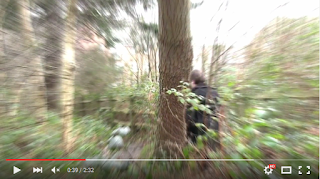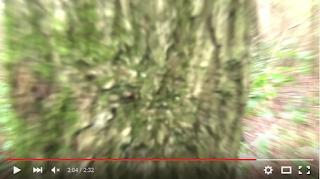Question 4: Who would be the audience for your media product?
Our target audience begins from 15 and would end at 25, because we received audience feedback when editing our film and both people said they would rate the thriller at a 12 but wouldn't expect anyone that age to watch it, that was just a basic limit and it would be for teenagers (male or female) from 15 but wouldn't expect anyone over 25. This fits into the average thriller age ratings.http://www.slideshare.net/reigatemedia/pearl-and-dean-upcoming-releases-and-traget-audience-This website was very useful when deciding what the set as the target age range because it shows what ages are the most popular with different thrillers and we also used it to give an incite to what other films our target audience enjoy.
Thrillers such as "Buried" (2010 by Rodrigo Cortes) had figures showing that this film was split almost evenly between males (56%) and female watchers, with 44%. The most popular age group, taking up 41% of the viewers was ranged from 15-24. From this information we saw that thrillers can appeal to both genders and the higher range of teenagers.
On the other hand, thriller "The Dark Fields" only 20% of watchers were female, whereas the other 80% was all males. But this film did also have mostly people aged from 15-24 watching the movie as the figures showed 55%, whereas the rest were older, from 25-34 with 22%, 36-44 had 13% and 45+ had a smaller 7%. From this we can see that no one under the age of 15 is watching thrillers and not many over the age of 45 are interested either.

This thriller "Hereafter" (2011 by Clint Eastwood) had more equal ranges from different ages that were watching the film because it began at 15-24 and 25-34, both with 27%, ages between 35-44 had 20% and 45+ with a surprisingly higher 26%. This tells us that this thriller appealed just as much as it did to the younger generation to the older generation. This film was also more popular with male's as 59% of the viewers were male, in comparison with the 41% of females.
Overall, the analysis of these other thriller films enabled us to see what ages they targeting at and what ages are most popular with this genre, therefore it was very useful.























































